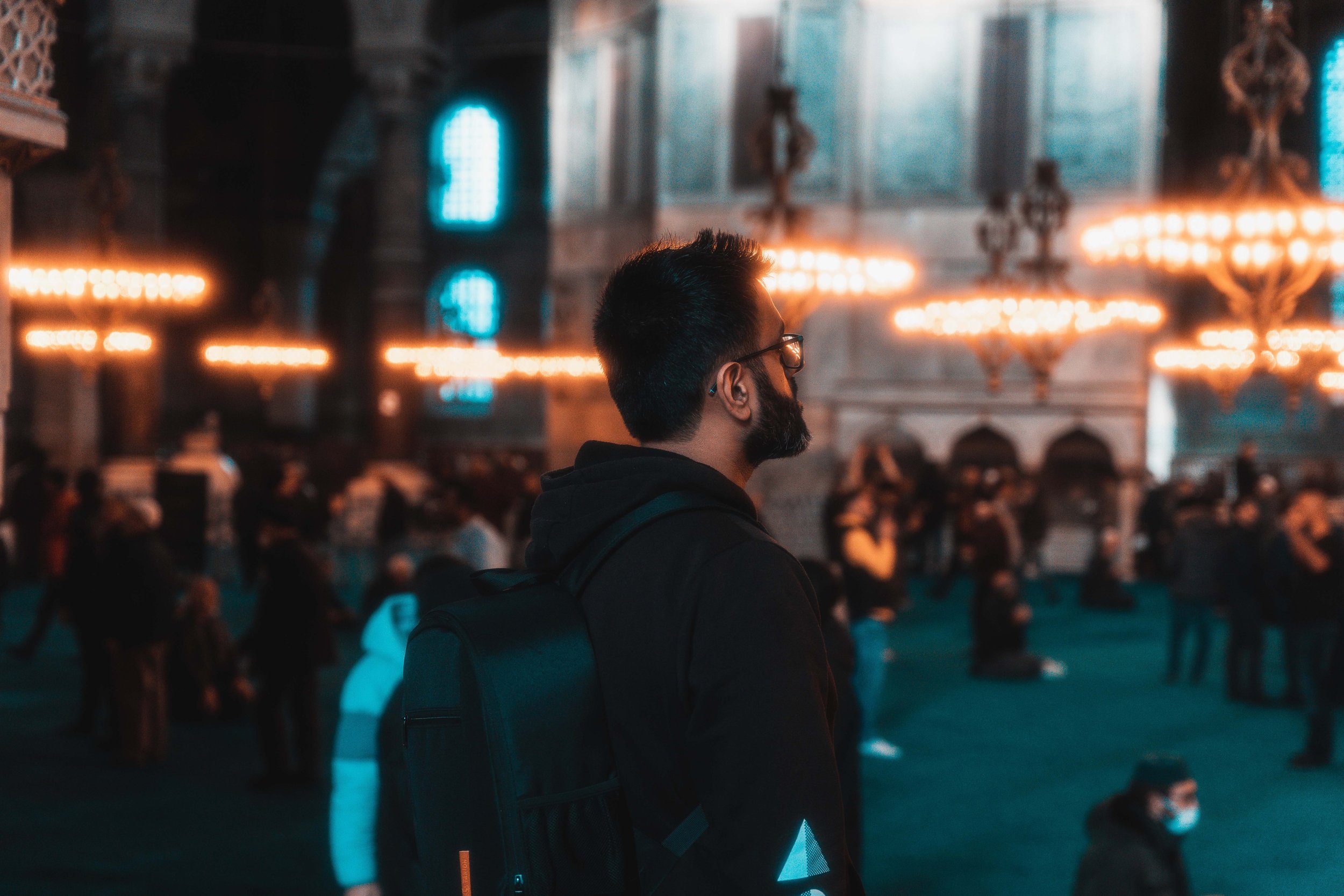Playing with Light: A Beginner's Guide to Aperture, Shutter Speed, and ISO
It's time to dig into the nitty-gritty of our craft and get a little technical. Today, we're demystifying the Exposure Triangle - namely, Aperture, Shutter Speed, and ISO. You know, those little numbers you see on your camera's screen. But don't worry, I promise to keep this as painless and jargon-free as possible!
First things first, what is this Exposure Triangle we're talking about? Well, it's not as mystical as it sounds. Think of it as the backbone of your storytelling. The Exposure Triangle determines how light or dark your image is, how sharp or blurred it is, and how grainy or smooth it looks. Each element - Aperture, Shutter Speed, and ISO - plays a unique and specific role.
1. Aperture
Aperture refers to the size of the hole in your camera's lens through which light enters. Picture it as your camera's eye. The bigger the eye is open, the more light it sees (or lets in). Aperture is measured in f-stops, and here's the catch - a lower f-stop means a larger aperture and more light, while a higher f-stop means a smaller aperture and less light.
Confusing? Maybe. But let me explain it like this; it's a sunny day at the beach, and you're squinting your eyes to avoid the blinding light. You're essentially using a higher f-stop. Conversely, in a dimly lit room, you'd open your eyes wider, mimicking a lower f-stop. Does that make more sense now?
Aperture also controls depth of field. A lower f-stop (wider aperture) gives a shallow depth of field - your subject is in focus, while the background is blurred. It's like when I included gym equipment in this interview (at 8m50s) - the equipment was there but not overpowering our primary subject.
2. Shutter Speed
Next up, shutter speed, which, in layman's terms, is how long your camera's eye is open. Faster shutter speeds mean the camera's 'eye' is open for a shorter time, letting in less light and freezing action. Slow shutter speeds mean more light and potential for motion blur.
Imagine you're at a bustling city intersection. A fast shutter speed will freeze the hustle and bustle, giving us a frozen moment in time. A slower shutter speed will render the moving cars and people as artistic blurs, telling a story of the city's kinetic energy.
3. ISO
Finally, we have ISO, the last piece of our triangle. ISO is the digital sensitivity to light. In other words, it's like the night vision goggles of your camera. The higher the ISO, the more your camera can see in the dark. But, with great power comes great responsibility, and in the case of ISO, this responsibility comes in the form of digital noise or grain.
Cracking the ISO game is all about balance. If it's too low in a dark scene, you'll struggle to make out any details. But crank it too high, and you'll have a grain fest to contend with. So, when you're shooting in a dark, moody jazz bar and you've maxed out on your aperture and shutter speed, nudging up the ISO might just save the day, but tread carefully!
The Balancing Act
Now you might be thinking, "Great, I understand these elements, but how do I balance them?" That's where the magic of storytelling comes in. Every scene is unique, and understanding the exposure triangle gives you the tools to paint it as you see fit.
If you're shooting a riveting street performance in broad daylight, you'd probably want a fast shutter speed to capture the energy, a smaller aperture to get everything in focus, and a low ISO to keep things smooth. But in the evening, at a tranquil lake with slow-moving swans, you might prefer a slower shutter speed to blur the motion, a wide aperture to focus on a single swan, and a higher ISO to compensate for the low light.
Each of these tools – aperture, shutter speed, and ISO – add a purposeful addition to your final masterpiece. Don't be afraid to play around with them and see what works best.
Remember, there's no definitive 'right' exposure - it's all about what best communicates your envisioned story. Each photographer brings their distinctive creative flair to the table, and that's what makes this art form so special and unique.
So, it's time to pick up your camera, venture out and start experimenting!



